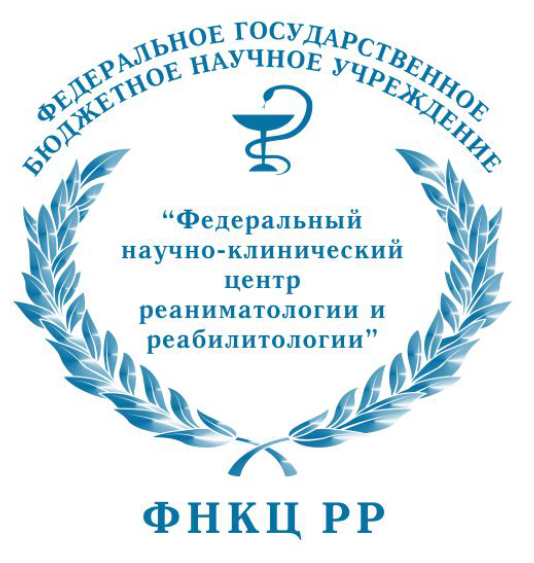
|
ИСТИНА |
Войти в систему Регистрация |
ФНКЦ РР |
||
Buccal cavity and intestine structures of Sphaerolaimus balticus (Nematoda, Monhysterida)доклад на конференции
- Авторы: Tchesunov A.V., Fedyaeva M.A.
- Международная Конференция : 16th International Meiofauna Conference
- Даты проведения конференции: 3-8 июля 2016
- Дата доклада: 5 июля 2016
- Тип доклада: Стендовый
- Докладчик: Fedyaeva M.A.
- Место проведения: Heraklion, Crete, Greece, Греция
-
Аннотация доклада:
Sphaerolaimus balticus is a common predatory species in the White Sea intertidal zone. S. balticus swallows and ingests entire prey nematodes. TEM and SEM studies reveal some details of its alimentary tract. Buccal cavity is voluminous, barrel-shaped. Major part of the stoma is made up by modi ed somatic cuticle and thus presents a cheilostome. Anteriormost part of the cheilostome is truncate conical in shape and bears ne longitudinal ribs arranged in six groups, ve or six ribs in each group. Evidently, mouth opening and conical part of the cheilostome can be widened by contraction of anterior longitudinal muscles while a prey is being swallowed. The cheilostome ribs can hold a prey while mouth and anterior cheilostome are tightened. Posterior voluminous part of the cheilostome is formed by inner layer of somatic cuticle having spongy texture (shagreen ring). Posterior edge of the broad shagreen ring forms six projections where longitudinal muscles attach. Gymnostome is very narrow. Stegostome is cup-shaped; its cuticle is thick and posteriorly descends to much thinner internal cuticular lining of the pharynx. Internal cuticle of the pharynx triradial internal lumen is thickened considerably in the radii thus forming six longitudinal cuticular ribbons. Intestine consists of ve or six epithelial cells on cross section. Apical surface of the cells is complicated by very long and dense microvilli and wide three-layered glycocalyx. The glycocalyx structure looks di erently in empty and lled intestines. The study is supported by Russian Fund of Fundamental Researches, grant N 15- 04-02597
- Доклад на конференции выполнен в рамках проекта (проектов):
- Мейофауна на вершинах морских гор. Нематоды и тардиграды
- Таксономическое разнообразие, морфология и ультраструктура нематод. Функционирование паразитарных систем в морских и наземных сообществах
- Добавил в систему: Чесунов Алексей Валерьевич